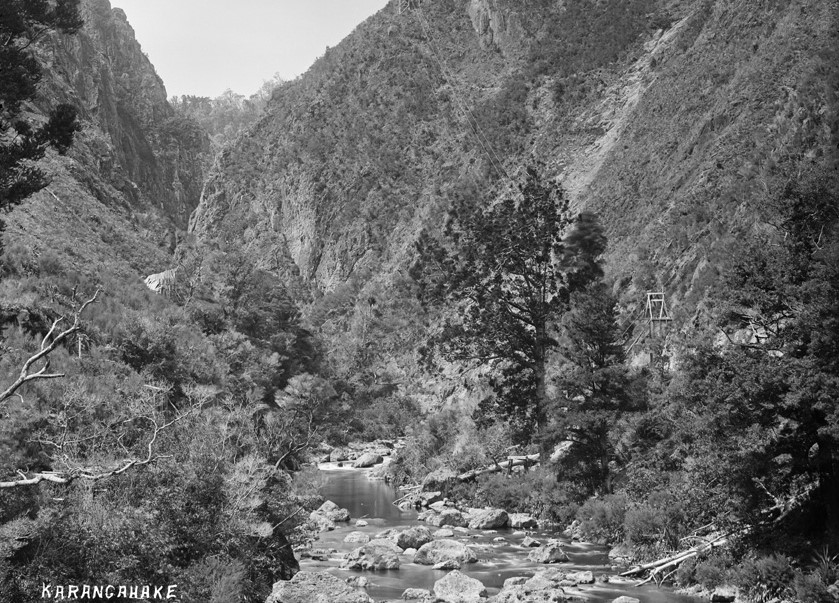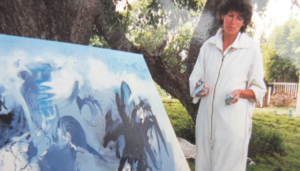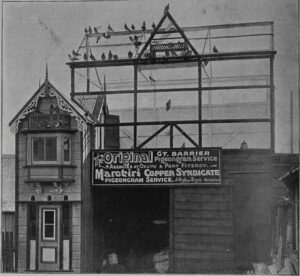As part of a Valley Profile series, MEGHAN HAWKES explores our local history by seeking out stories of life and death in the Thames Valley
When the barometer fell fully half an inch on 22 June, 1898, it heralded the beginning one of the severest storms to sweep across New Zealand.
By 9pm the easterly gale strengthened and rain began to pour in torrents. The tempest continued until early the next morning, only easing at dawn.
Two inches of rain had fallen and at Paeroa the whole county was under water. Many families had had to leave and others waited with boats ready to escape. The railway line ballast washed away and the river was just level with the top of the railway bridge. It was impossible to get from Paeroa to Karangahake, owing to the high level of the creeks. The Waitekauri, Komata, Puriri and Hikutaia bridges were washed away. The flood was the worst seen in the district for sixteen years.
Landslips were frequent and it was no surprise to a group of bushmen on their way to Karangahake when they came across a large one in Scotchman’s Gully. But what did alarm them was that where the hut of Alfred Thomas once stood there was nothing but mud. At Karangahake they made inquiries and discovered Alfred had not been seen in the township since the gale. Fearing that the slip had overtaken him in the night and that he was trapped, they alerted Constable Sefton, who immediately left for the gully with twelve miners.
The men worked energetically and by midday the side of the hut was struck. Work continued until two o’clock, when the hut was cleared and the body of Alfred discovered. He evidently had gone to bed and had been asleep when the slip occurred. Alfred was taken to Ryan’s Tramway Hotel, Karangahake, where an inquest was held and a verdict of ‘death by landslip’ returned.
Not much was known about Alfred but he was thought to be about 40 and single. Alfred’s real name was David and he was 31. He was born in Tasmania and worked as a shoemaker. He came to New Zealand in 1896 leaving behind a wife and child and a bizarre web of bigamy.
He had married 18 year old Matilda Lankester in Hobart in January 1890 and they were together about four years. When he left her with one child, Matilda had to support herself. She never saw David again but heard that he had died.
In 1894 she married Charles Hamer at Hobart. Sometime after marrying her Charles met David Thomas who accused him of having married his wife. Charles confronted Matilda but all he could get in reply was
“Tut, Tut!” Charles continued to live with her and they had two children but by 1900 they had separated.
Matilda placed an ad in the Mercury Hobart newspaper inquiring after the whereabouts of David Thomas which aroused suspicions as to whether her marriage to Charles was valid. At the resulting court case bigamy was proved – despite Matilda thinking when she married again that her first husband had died, this was not sufficient in law. In the meantime David Thomas, calling himself Alfred, had actually died, in the landslip at Karangahake, in June 1898.
He was buried at Pukerimu cemetery, Paeroa.




